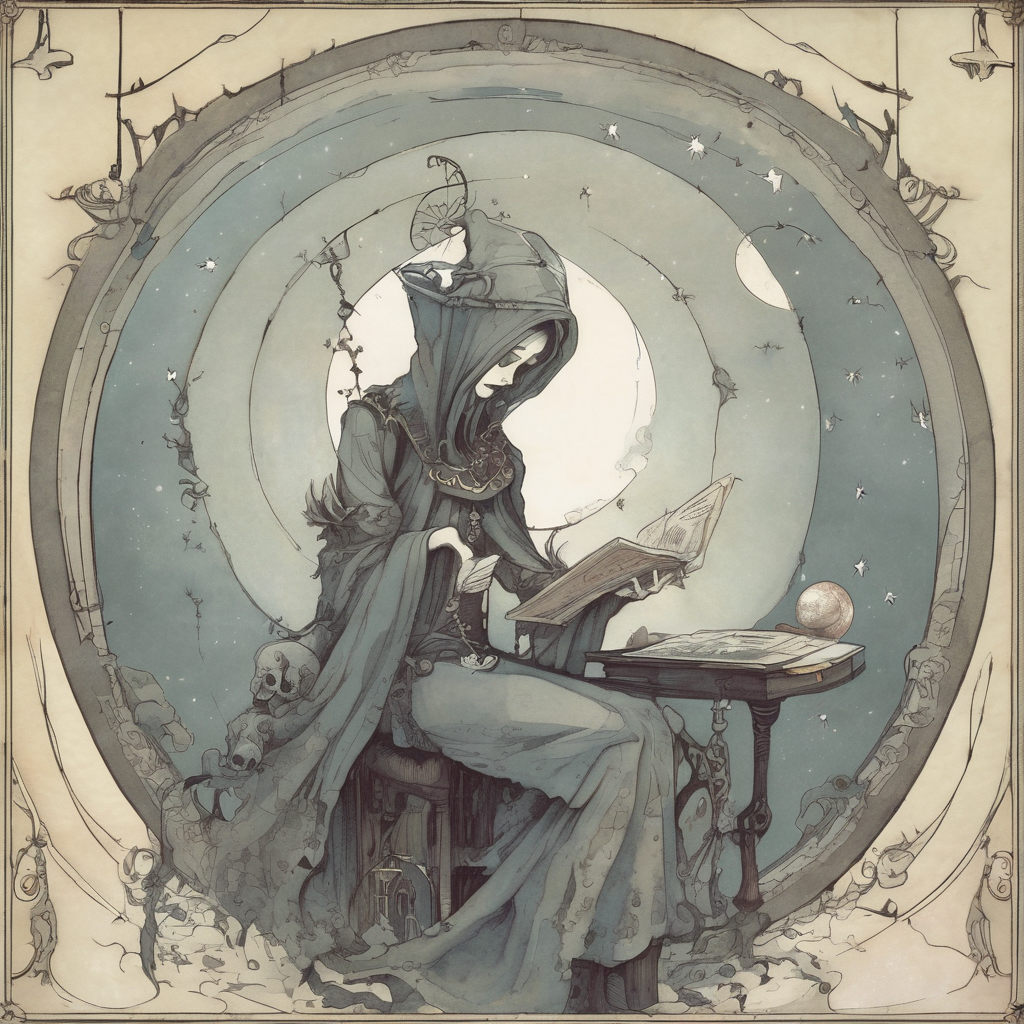
Celestial Bodies and Deities or Divine Principles
Celestial-divine correspondence can be found in the cosmologies of ancient civilizations spanning from Mesopotamia and Egypt to Greece, Rome, India, China, and the indigenous cultures of the Americas.
Mesopotamia:
The Babylonians and Sumerians associated specific planets with major gods,
Sun (Shamash) - The sun god Shamash was one of the most important deities in the Babylonian pantheon. Shamash was seen as the god of justice, wisdom, and morality, whose daily journey across the sky was believed to illuminate and uphold the cosmic order.
Moon (Sin/Nanna) - The moon god Sin (also known as Nanna) was a powerful deity associated with wisdom, fertility, and the measurement of time through the lunar calendar.
Mercury (Nabu) - The planet Mercury was linked to the god Nabu, the patron deity of scribes, writing, and wisdom. Nabu was seen as the divine scribe and messenger of the gods.
Venus (Ishtar/Inanna) - The planet Venus was identified with the prominent goddess Ishtar (or Inanna in the Sumerian tradition), who embodied themes of love, fertility, war, and the morning/evening star.
Mars (Nergal) - The god Nergal was associated with the planet Mars and represented destruction, war, and the underworld.
Jupiter (Marduk) - The king of the Babylonian gods, Marduk, was closely tied to the largest planet, Jupiter. Marduk was the patron deity of the city of Babylon and the god of creation, kingship, and cosmic order.
Saturn (Ninurta) - The planet Saturn was linked to the god Ninurta, who was associated with agriculture, engineering, and warfare.
Ancient Egyptian:
Sun (Ra/Atum/Horus)
Moon (Thoth)
Mercury (Thoth)
Venus (Isis/Hathor)
Mars (Set)
Jupiter (Amun)
Saturn (Sobek)
Greco-Roman:
Sun (Helios/Sol)
Moon (Selene/Luna)
Mercury (Hermes/Mercury)
Venus (Aphrodite/Venus)
Mars (Ares/Mars)
Jupiter (Zeus/Jupiter)
Saturn (Cronus/Saturn)
Vedic astrology (Jyotisha):
Sun (Surya)
Moon (Chandra)
Mercury (Budha)
Venus (Shukra)
Mars (Mangala)
Jupiter (Guru)
Saturn (Shani)
Traditional Chinese cosmology:
Sun (Ri or Taiyangxing)
Moon (Yue or Yuexing)
Mercury (Shuixing)
Venus (Jinxing)
Mars (Huoxing)
Jupiter (Muxing)
Saturn (Tuxing)
Mesoamerican civilizations:
Sun
Aztec: Tonatiuh
Maya: K'inich Ajaw
Moon
Aztec: Metztli
Maya: Ixchel
Venus
Aztec: Tlahuizcalpantecuhtli (Morning Star), Citlālinēhua (Evening Star)
Maya: Chak Ek' (Morning Star), Xux Ek' (Evening Star)
Mars
Aztec: Huitzilopochtli
Maya: Kimi
Jupiter
Aztec: Xolotl
Maya: Yaxk'uk'm
Saturn
Aztec: Cuauhtémoc
Maya: Hodz Ha' (Black Dwarf)
From the perspective of an ancient observer, the clear distinction between the fixed stars in the night sky and the wandering, celestial bodies (planets) would have naturally lent itself to the interpretation of these heavenly objects as sentient, divine entities.
To the naked eye, the stars appear to maintain a relatively fixed position in the celestial sphere, while the planets steadily shift their positions over the course of the night, months, and years. This observable difference would have been a key factor in ancient cultures imbuing the planets and stars with unique identities, personalities, and agency.
The fixed stars, with their unwavering presence, could have been seen as stable, eternal deities or spiritual forces – the foundation of the cosmic order. Meanwhile, the planets, with their dynamic, erratic movements, may have been interpreted as more capricious, embodied divine beings – the "wanderers" of the heavens, each with their own celestial domain and influence over human affairs.
This personification of the celestial bodies is a common thread in the mythologies and belief systems of many ancient civilizations, from the Mesopotamian traditions that associated specific gods with the planets, to the Chinese cosmology that correlated the Five Planets with the Five Elements and cardinal directions.
In this worldview, the stars and planets were not simply inanimate objects, but rather sentient, semi-autonomous agents within a living, interconnected cosmos. Their movements and interactions were seen as manifestations of divine will, cosmic forces, and the ebb and flow of universal energies.
Comments
Post a Comment